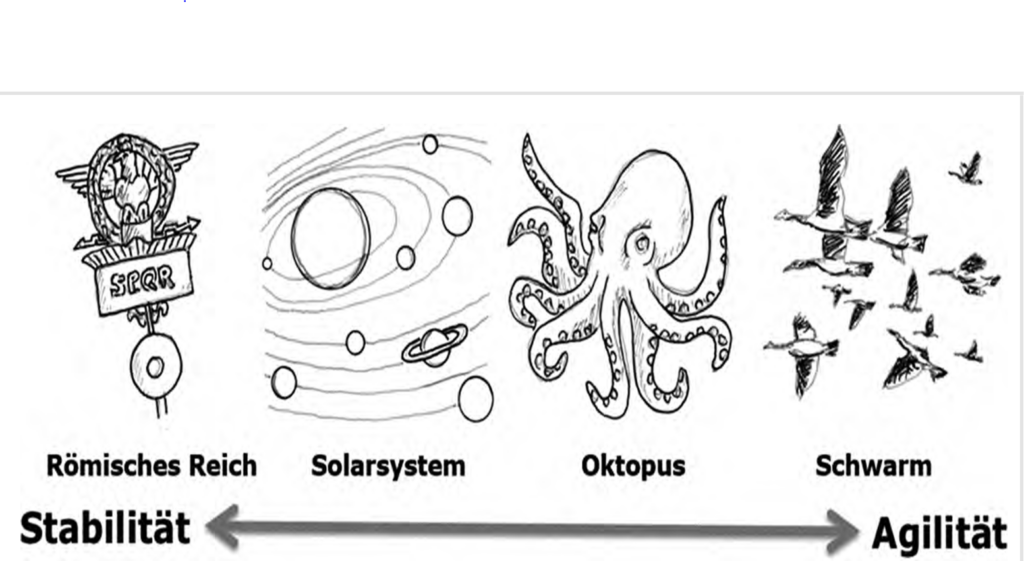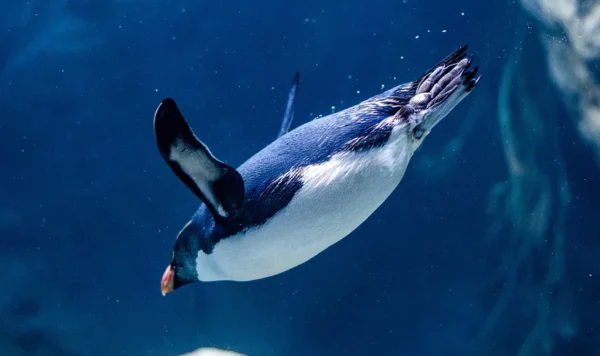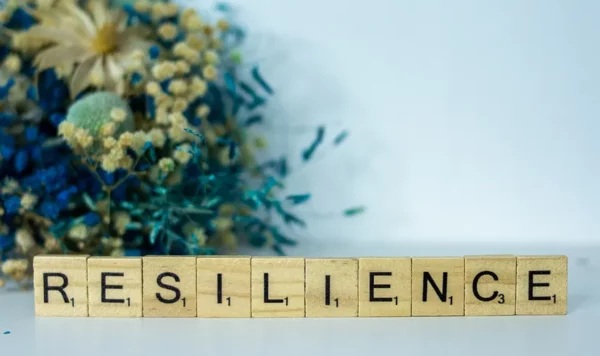#8 Organisational archetypes and their demands on OD
06 June 2019 | 3 min read

Organizational structure varies from company to company and culture and structure usually fit together, e.g. hierarchical structures create hierarchical cultures and vice versa. The structure of an organisation also reveals underlying values. Despite the many different forms of organisations that can be found in the world, four archetypes can be identified that differ markedly in agility and stability: Roman Empire, Solar System, Octopus and Swarm.

| Archetypes, originally developed in collaboration with Gerhard Hochreiter and Gerald Mitterer (Illustration: Michael Nowottny) |
The Archtypes are described as follows:
Roman Empire:
Many different people, languages and religions united and controlled by a strong Rome.
- Structure: centralised and pyramidal
- Leadership Style: Hierarchy and control
- Processes: standardised with low error tolerance
- Specific Competencies: Technical expertise and improvement processes Social behaviour: Order and care
- Motivation: Career ladder and long affiliation
- Strengths: Economies of Scale
- Risks: Rigidity and too little innovation
- OD approach: Top-Down
- Your employees are used to receiving and passing on instructions from the top.
- Therefore, they will expect new tasks and requirements to be clearly defined and change to begin from the top.
- If you want to develop towards more democracy and agility, the leaders will be the ones who perceive that they have the most to lose.
- They will need the utmost support to understand their new role and see the benefits for themselves. Be a role model.
- If the managers change, everyone else will follow.
- Create islands where you can experiment with agility.
Solar System:
The financial importance of the individual planets determines their degree of autonomy.
- Structure: star-shaped and decentralised
- Leadership Style: Goal orientation and diverse
- Processes: Site-specific and historical
- Specific Competencies: Expertise and Diversity
- Social Behaviour: Competing with other worlds and loyalty to one’s own planet
- Motivation: Healthy competition
- Strengths: Independence
- Diversity Risks: Silos and confusion
- OD approach: Patchwork
- The different planets in the solar system have a different evolution because of the merger and the acquisition history of different source cultures.
- Some planets are already more agile than others.
- In terms of the respective source cultures, this means that you should not treat them all the same and you should define your measures site-specifically.
- The OD art consists of meeting each group from where it stands: Some areas work better top-down, others are more democratic. They will have different speeds of development.
- Only carry out integration if it is really necessary. The effort of integration is enormous and not always worth it.
- In order to support the development towards agilitythrough role models, use permanent exchange between departments.
- Think about which areas need more agility quickly and which should continue to provide stability. Not all areas need to be very agile immediately.
- Don’t lose track of what’s happening on each planet.
Octopus:
- More than half of the 500 million nerve cells sit in cords in the eight arms.
- Structure: Matrix with cooperation leadership Style: Dialogue and Individuality
- Processes: Pragmatism and local expertise
- Specific Competences: Project management and “best practices”
- Social Behaviour: Tolerance and communication
- Motivation: Mobility and flexibility
- Strengths: Cohesion with diversity
- Risks: long decision paths
- OD approach: Viral
- The corporate office thinks ahead and gives guidelines, but market issues are assessed and decided on locally in order to be enable to quick reaction.
- The various locations or areas have high degrees of autonomy.
- Organisational identity combined with cultural autonomy.
- The tentacles and the head learn from each other through personal relationships.
- The sub-organisations have their own informal networks.
- The art is in finding the people who, in addition to the formal leader, have a strong informal influence on the organisation at each individual locations and whose opinions count. These are the people to be convinced first. The others will follow.
- Strengthen the informal information channels with modern communication tools to accelerate the impact of OD measures.
Swarm:
- Birds do not know any leaders yet none can survive alone.
- Cooperation ensures survival.
- Structure: Changeable circle
- Leadership Style: Democracy and collective intelligence
- Processes: Self-management and trial-and-error
- Skills: learning from mistakes and creativity
- Social Behaviour: Teamwork and entrepreneurship Motivation: Purpose and freedom
- Strengths: Innovative ability
- Risks: Chaos
- OD approach: Collective intelligence
- Everyone has a say in where, why, what and how.
- Little to no hierarchy and the strong use of collective intelligence.
- There are two types of swarm organisations:
- Holacracy/cooperatives are structured;
- Start-ups and project-related networks are less structured and essentially function according to the principle of self-control.
- Extensive preparation e will be required to get everyone on board.
- Leadership roles are open to all
- Transparency is the basis for trust.
- Make requests to colleagues to confirm your organisational development role.
Do you recognise your organisation in one of these archetypes?
You find more advice in my Corporate Coaching!
SHARE THIS ARTICLE
Written by Drissia Schroeder-Hohenwarth
Transformative Coach for Leaders, Teams and Organisations with a fascination for the endless potential of the mind.
More articles from Drissia



